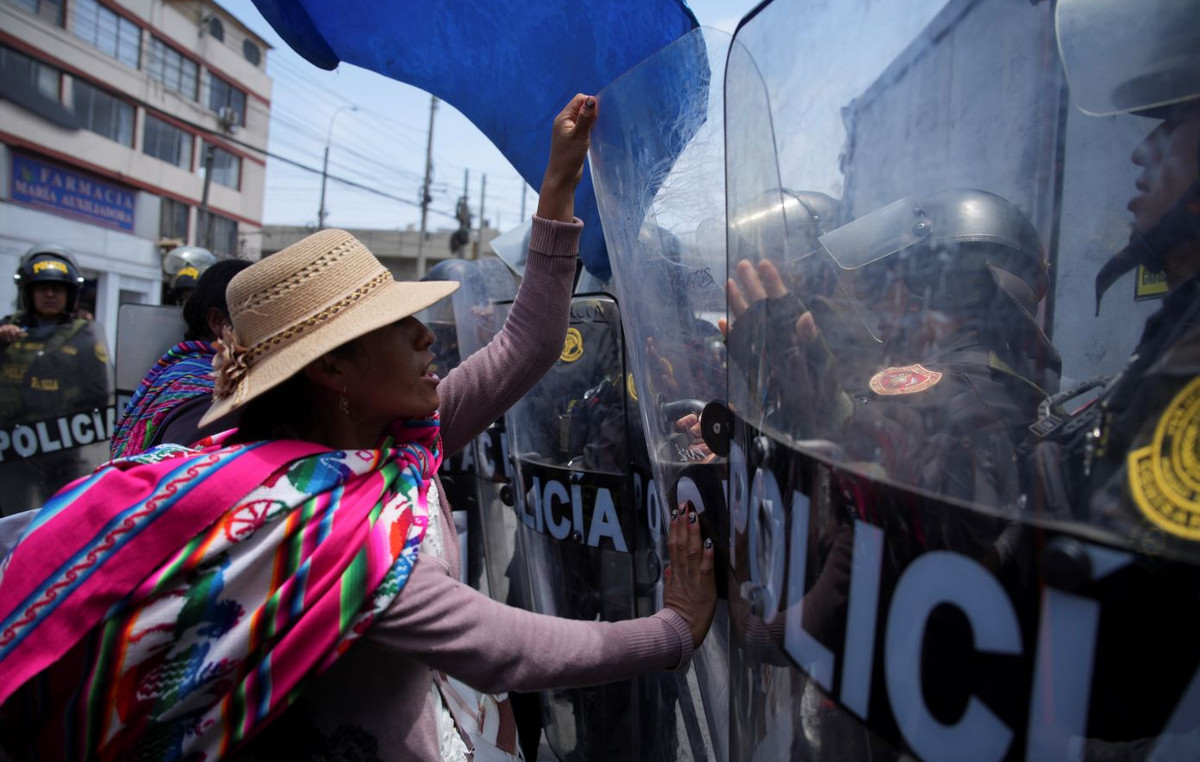There is no doubt that in recent years the work culture has changed drastically. Also thanks to two years of the pandemic, the spread of smart working and hybrid work has changed not only the way we relate to bosses and colleagues, but also the world in which we carry out our profession.
We receive (and answer) e-mails at any time of the day or night, we spend the day in front of the computer between one video call and another because we are still strongly anchored to the productivity myth – even at the expense of personal well-being.
As evidenced by the fact that 50% of employees and 53% of managers declare that they suffer from work-related burnout, according to a new research from Microsoftwhich surveyed 20,000 people in 11 different countries between July and August.
Yet the emergence of these new working conditions has caused many managers to feel a need for even more detailed control on their employees. In fact, the same research found that a staggering 85% of executives surveyed said that the transition to hybrid working has made it difficult for them to be confident that their employees are productive.
Smart working, in all its forms and facets, has reduced interactions between individuals, making real-time presence in the office increasingly rare. This distance, in turn, caused the inability of bosses to casually monitor staff productivity. And so it was born productivity paranoia.
What is productivity paranoia and what consequences does it have?
Productivity paranoia (which can be translated as productivity paranoia) is the fear of bosses and managers who your employees are less productive when working from home than they would be in a full-time office. In turn, the workers themselves become paranoid about the continuous monitoring of their work by the upper floors.
In its report, Microsoft defines productivity paranoia as the paradox of bosses fearing a loss of employee productivity; even if the hours actually worked are constantly growing. Indeed, according to research, the average working day increased by 46 minutes per day or 13% since the beginning of the pandemic.
Unfortunately, this disconnect between directors and employees results in inconvenient virtual tracking of workers.
“Half of all business leaders surveyed believe that when employees work ‘out of sight,’ they don’t work as hard as they would in the office,” said Microsoft CEO Satya Nadella. 48% of business leaders have installed monitoring software on their employees’ computers to check their work.
This monitoring software, also known as bossware, tracks how much time you actually spend at work, what websites you visit, etc. In short, all worker data (from keystrokes to communication with colleagues) is accessible to managers.
But the problem is that fears about the loss of productivity are not alone they damage corporate culture, employee well-being and work-life balancebut can actually lead to lower productivity andincrease in burnout cases.
READ ALSO: All the symptoms that tell you if you are at risk of «burnout» (and what to do if so)
Productivity paranoia: the risk of burnout is increasing
It’s easy to imagine how constant psychological pressures from bosses affected by productivity paranoia may negatively affect the mental well-being of the subjects. This paranoia is indeed exacerbating the burnouts; especially among employees.
Workers end up feeling compelled to work longer from home than they did in the office, creating unattainable expectations and ending up suffering from chronic stress and anxiety. Experts, as a result, warn that productivity paranoia threatens to make hybrid labor unsustainable.
READ ALSO: The 4 personalities most at risk of burnout
To address productivity paranoia and burnout, then, one more is needed clear definition of job expectations. According to Microsoft’s report, 81% of employees agree that it’s important that their managers help them prioritize their workload. But only 31% of them say their managers currently provide this guidance.
Another antidote to this type of burnout isupdate on how we measure performance and productivity at work.
«Leaders need to focus less on activity and more on impact – says Colette Stallbaumer, general manager of the multinational tech company – The most important question they should ask themselves is: How can I create clarity and help people understand what to prioritize so that the impact of employees is rewarded, not just their business?».
One study of 2017 conducted by Paul J. Zak, founder of Center for Neuroeconomic Studies at Claremont Graduate University, found that mutual trust has a powerful effect on work performance. Respondents whose companies have promoted trust through a variety of best practices reported having more energy, being more engaged at work, and being more productive. The result was phenomenal: employees were 40% less likely to experience burnout.
«In this period of greater volatility, having certain attention towards one’s staff demonstrates the true values of the company and can help make more beneficial decisions to improve the well-being of your team – concludes Stallbaumer – Ultimately, managers should help workers focus on their mental health and recover some of the work-life balance that we have lost during the pandemic».
Work-related stress: what fuels the malaise of Italians and with what symptoms
Burnout: numbers never as high as now (and it’s the fault of Covid)
Same salary, working 4 days a week – that’s why it works
There are seven types of rest depending on how tired we are
Source: Vanity Fair
I’m Susan Karen, a professional writer and editor at World Stock Market. I specialize in Entertainment news, writing stories that keep readers informed on all the latest developments in the industry. With over five years of experience in creating engaging content and copywriting for various media outlets, I have grown to become an invaluable asset to any team.






